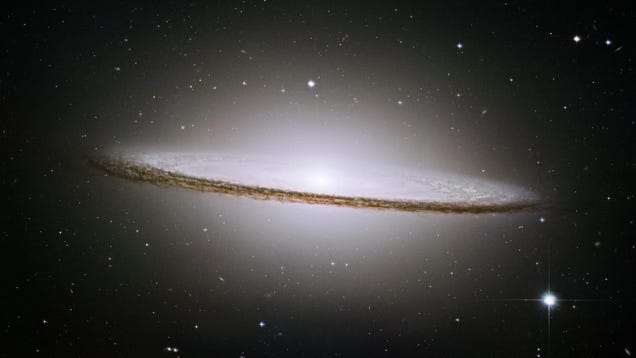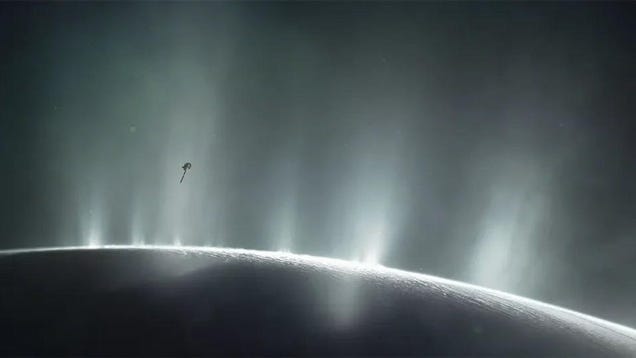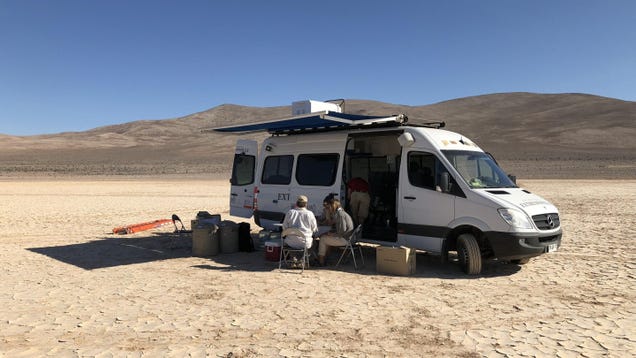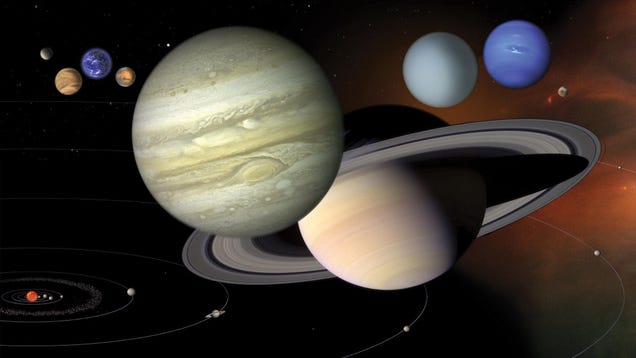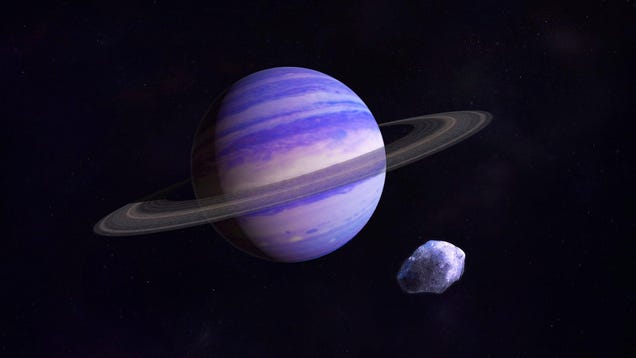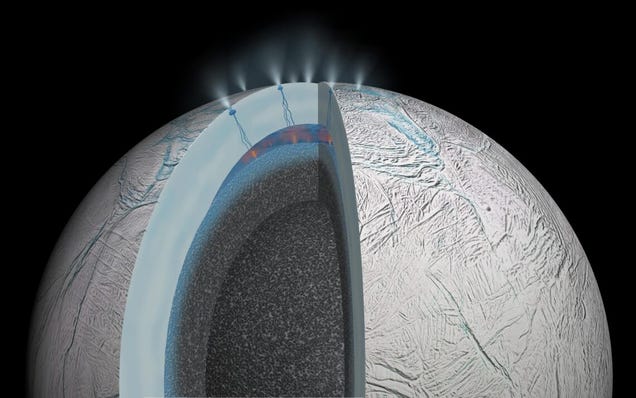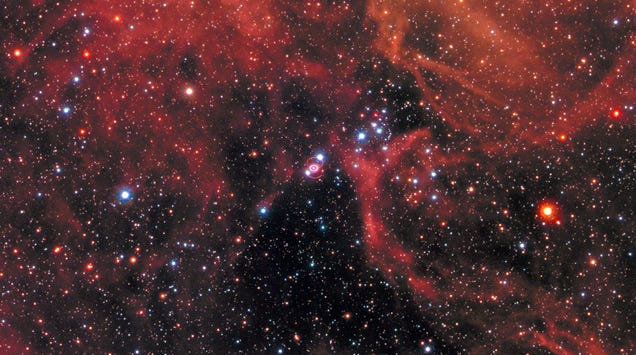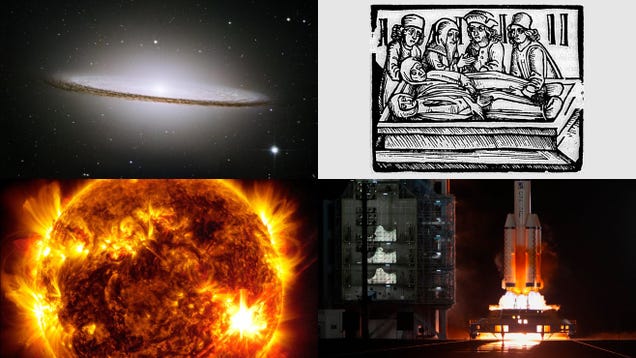
This week at the Gizmodo science desk, deputy editor George Dvorsky reported on a modification to the famous Drake Equation that produces a rather sobering result about the number of extraterrestrial intelligences in our Galaxy. Health reporter Ed Cara chronicles a mysterious disease from the 1500s that vanished from…

